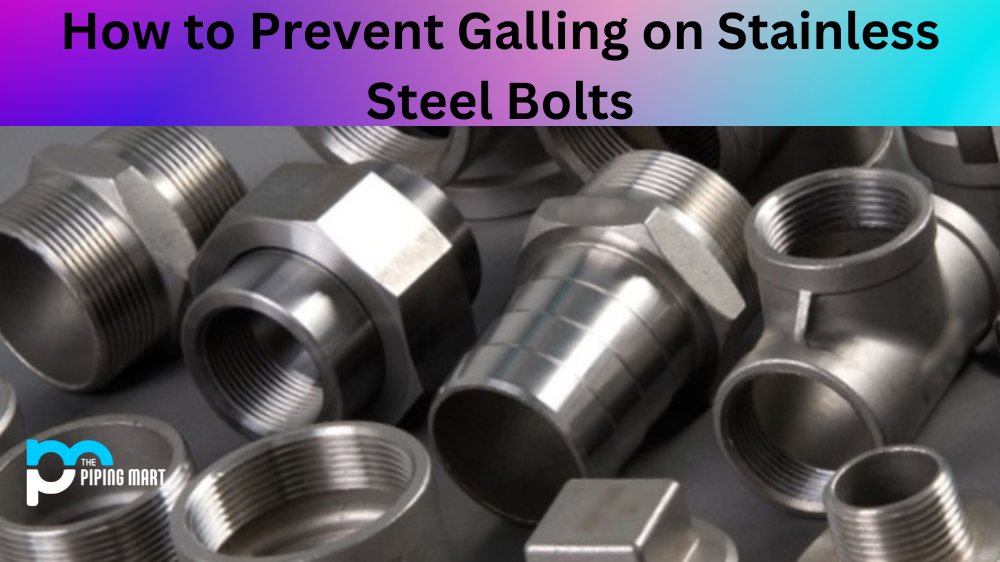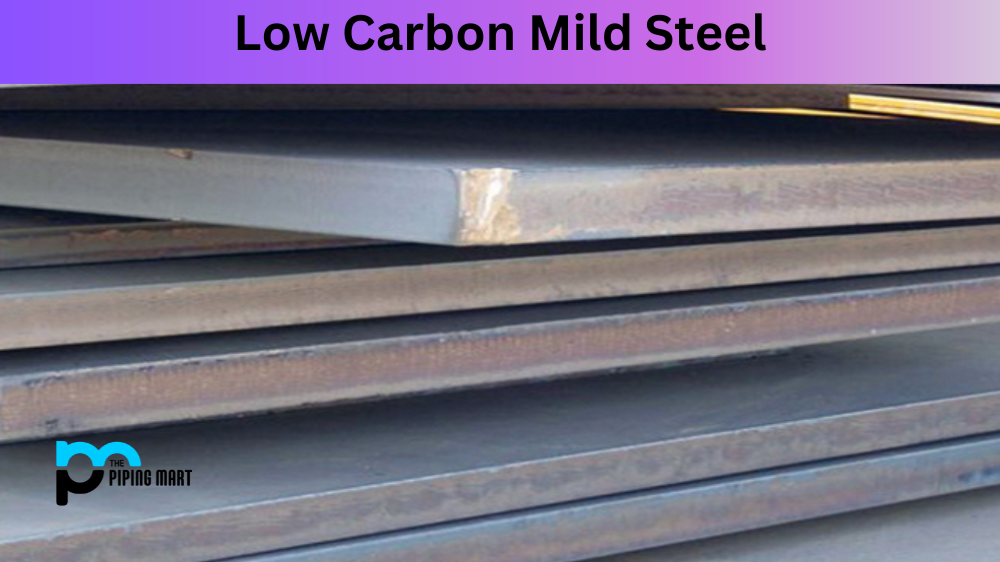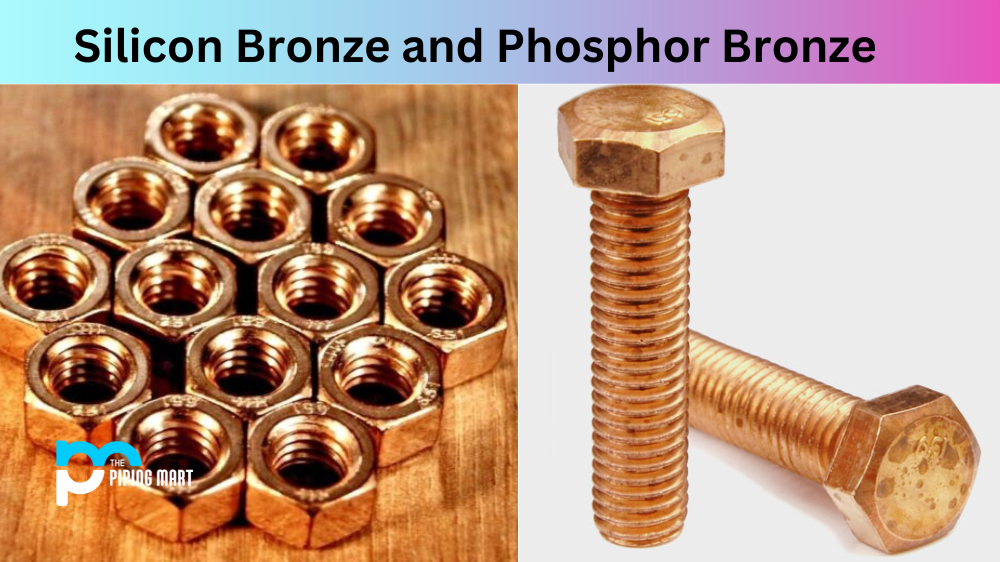When using stainless steel bolts to fasten components, galling can be a major problem. Galling occurs when two or more metals rub together, causing the surface of one or both materials to tear off and weld themselves together. Fortunately, there are several steps you can take to reduce the risk of galling with stainless steel bolts. Let’s take a closer look.
Knowing Your Metals
One of the most important steps in preventing galling is to understand what metals are involved in your application and their properties. Different metals have different strengths and can react differently when subjected to friction, pressure, lubrication, or temperature changes. Knowing which metals you are dealing with will help you make informed decisions about how best to prevent galling in your application.
Lubrication
The first way to prevent galling on stainless steel bolts is to lubricate them before use. This will reduce the amount of friction between the two surfaces and create a barrier that will stop them from rubbing together too much. You can use different types of lubricants, such as molybdenum disulfide, graphite, or grease-based lubricants. Additionally, you may want to apply an anti-seize compound which is specifically designed to help reduce galling on stainless steel bolts.
Using lubrication is a simple but effective way to prevent galling on stainless steel bolts. Lubricants can be applied before assembly or during operation; they reduce friction between the two surfaces, thus reducing the chances of welding and tearing occurring at the point of contact. It’s important to choose a lubricant that is compatible with both metals if possible; silicone-based lubricants are generally recommended for use with stainless steel bolts as they provide excellent protection against corrosion and are safe for use in food applications.
Coatings
Applying coatings such as galvanizing or zinc plating is another option for preventing galling on stainless steel bolts. Coatings act as a barrier between the two surfaces and also help reduce corrosion caused by moisture or atmospheric conditions. They also help reduce friction between the two surfaces, which further reduces the risk of galling occurring due to wear and tear over time.
Thread Lock Adhesive
Another way to prevent galling is by using a thread lock adhesive such as Loctite or Permatex. These adhesives will form a protective barrier between the threads of the bolt and nut, preventing them from rubbing against each other and causing galling. Make sure you follow the manufacturer’s instructions when applying these adhesives, as the incorrect application can actually cause more damage than good!
Finally, if you have already experienced galling on your stainless steel bolts, then it’s important that you take steps to repair them immediately. This involves removing any existing corrosion or debris from the affected area before applying an anti-seize compound or thread lock adhesive, as mentioned above. Additionally, if there is any visible damage, then it may be necessary to replace the bolt altogether in order to ensure that it remains secure and functional for its intended purpose going forward.
Conclusion:
Galling on stainless steel bolts can be prevented by taking some simple precautions, such as understanding the metals used in your application, using lubrication where appropriate, and applying coatings where necessary. By following these steps, you’ll be able to ensure that your stainless steel fasteners remain secure and free from damage caused by galling throughout their operational life.

Pipingmart is a B2B portal that specializes in metal, industrial and piping items. Additionally, we share the latest information and information about materials, products and various types of grades to assist businesses that are involved in this business.




